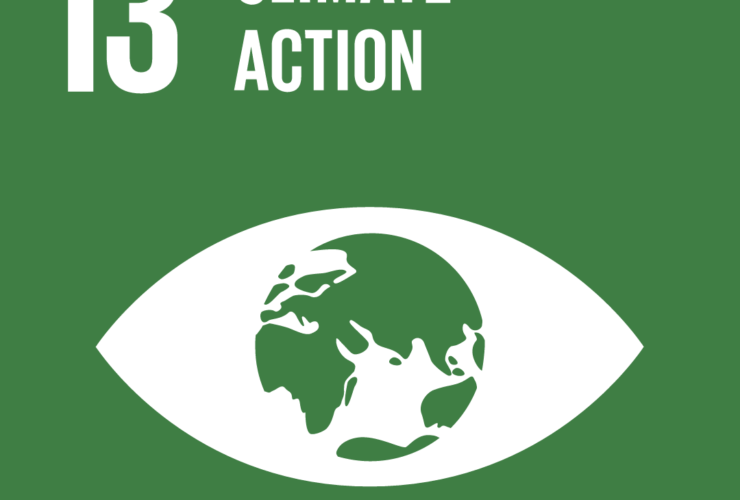Coal plant hearing stalls for second time
Hearings on the controversial Lamu coal plant have failed to take off again after two members of the National Environment Tribunal failed to show up.
Local conservation group Save Lamu has opposed the issuance of a licence by Nema for the Sh210 billion coal-based plant to be built in Lamu.
This is the second time the hearings have failed to take off over lack of quorum.
Earlier in the morning, the hearings were moved from the Supreme Court building in Nairobi to Nema offices on Mombasa Road.
“Nema used the same tactic in Lamu county to block public input on the coal plant, holding public consultation meetings at inaccessible locations,” an official said.
The hearing will now take place on Monday next week.
Other organisations opposing the coal plant in Lamu are Unesco, Lamu Juu, the Nature Conservancy, Sierra Club, Greenpeace and the local communities of Lamu.
Marine biologist Dr David Obura said the planned Lamu coal plant would have a huge negative impact on residents, the surrounding land vegetation and marine life.
“This is not just any project. This coal plant will be Kenya’s largest emitter of carbon dioxide, and may be Kenya’s single largest emitter of toxic substances to the environment,” he says.
The proposed plant is the project of Centum Investments, China Huadin and China Power Global.
The plant would use coal transported from South Africa.
On May 29, hearings at Nema offices did not proceed because the entire panel was not present due to some delayed flights.
While five witnesses were scheduled to testify on May 30 at the Supreme court, only two — Ernie Niemi and Mark Chernaik — both from the United States, were able to testify.
Ernest Niemi, an economist and president of Natural Resource Economics, who has done studies on coal plants across the world for over 40 years, said operating the AMU power coal plant to produce electricity will be cheap for the developers but expensive as an energy source to consumers and detrimental to the society in general.
“To the developers and from the inside, the project looks good, but it is bad for the society in terms of air and water pollution,” he said.
“If it were constructed and operated, the Lamu Project would diminish overall human well-being by imposing onto workers, families, businesses, and communities social costs that exceed the value of the electricity. Social costs might exceed the value of the electricity by as much as 9.5:1. The actual ratio of social costs to benefits likely would be greater.”
By JOHN MUCHANGI and RAMADHAN RAJAB, THE STAR


